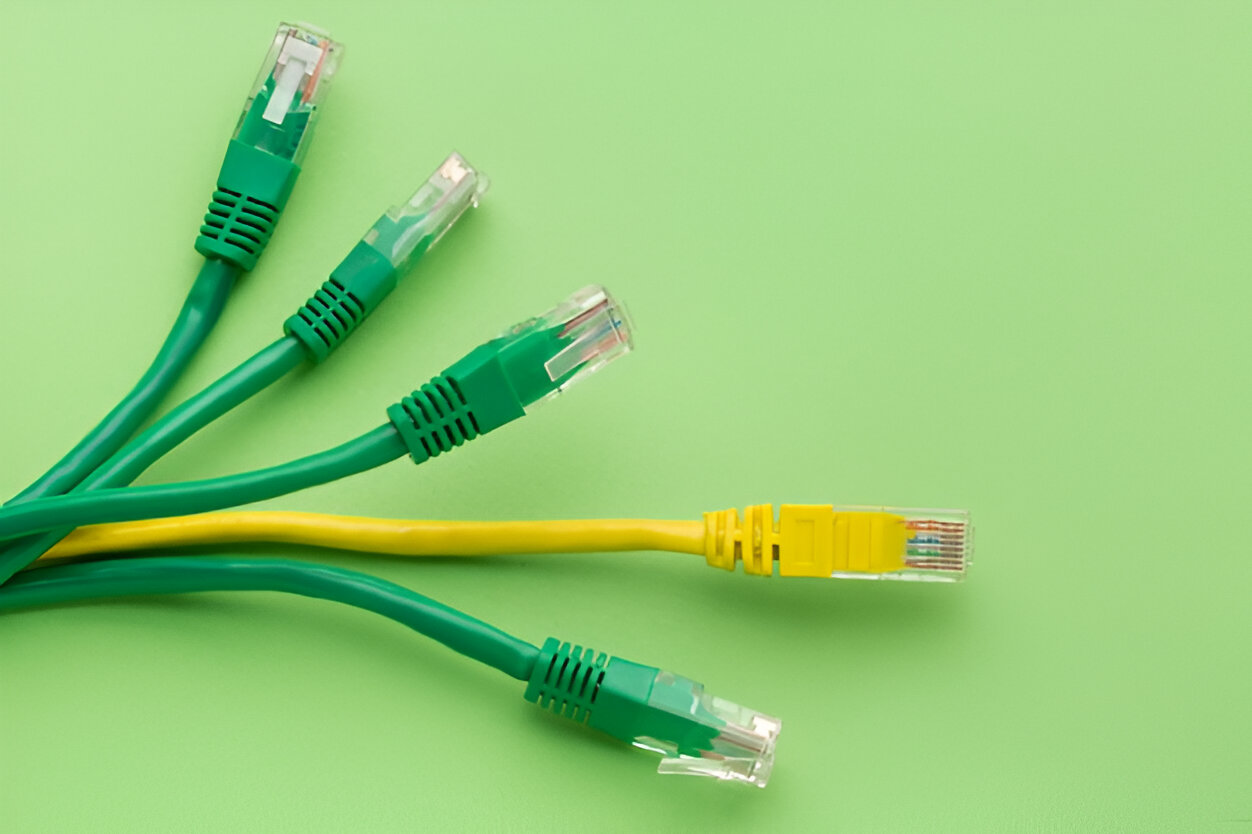Cat6 vs Cat6a: Differences and Benefits
Unveiling Cat6 vs Cat6a: Navigate speed disparities and choose the ideal solution for seamless conne
Created by: Auwal Muhammad /
Vetted by:
Auwal Muhammad

The Choice Between Cat6 and Cat6a Cables: Impact on Network Performance and Reliability
Understanding the differences and benefits of Cat6 and Cat6a cables is crucial for making informed decisions in both residential and commercial settings. The choice between these two cable types can significantly impact the performance and reliability of your network.
Cat6 Features
Cat6 cables have been a staple in networking for years, known for their impressive bandwidth and speed capabilities. With a bandwidth of up to 250 MHz, Cat6 can handle data transfer rates of 1 Gbps or 10 Gbps over short distances. This makes it suitable for most residential and small business applications.
Cat6a Features
Cat6a, on the other hand, takes things a step further. With an enhanced bandwidth of up to 500 MHz, it offers improved performance and support for 10 Gbps data transfer rates over longer distances. This makes Cat6a a preferred choice for larger commercial setups and environments with higher data transfer demands.
Physical Differences: Cat6 and Cat6a
Apart from their performance disparities, Cat6 and Cat6a also differ physically. Cat6a cables are generally thicker and larger compared to Cat6 cables. This increased size is due to the enhanced insulation and shielding required to achieve a higher bandwidth and reduce the risk of interference.
Installation Considerations Between Cat6 and Cat6a
When it comes to installation, Cat6 cables are more user-friendly and flexible, making them easier to handle during the installation process. Cat6a, with its larger size and increased thickness, may pose challenges in certain environments, requiring more careful handling during installation.
Use Cases Between Cat6 and Cat6a
Understanding the specific use cases for Cat6 and Cat6a is crucial for making the right choice. Cat6 is suitable for most residential setups, small offices, and businesses where the demand for high-speed data transfer is moderate. Cat6a, with its superior performance, is recommended for larger enterprises, data centers, and environments with high-density network traffic.
Cost Comparison Between Cat6 and Cat6a
Cost is often a determining factor in choosing between Cat6 and Cat6a. Cat6 cables are generally more cost-effective, making them an attractive option for budget-conscious projects. However, the higher performance and capabilities of Cat6a come at a higher cost, which may be justified for applications that require top-notch performance.
Futureproofing Between Cat6 and Cat6a
Choosing the right cable for future technologies is crucial in the ever-evolving world of networking. While Cat6 may suffice for current needs, Cat6a provides a level of futureproofing by accommodating higher data transfer rates, ensuring your network infrastructure can handle upcoming advancements in technology.
Performance Testing Between Cat6 and Cat6a
Numerous performance tests have been conducted to compare Cat6 and Cat6a cables. Results consistently show that Cat6a outperforms Cat6 in terms of data transfer rates and signal integrity, especially over longer distances. This makes Cat6a a reliable choice for applications where top-notch performance is non-negotiable.
Interference and Crosstalk Between Cat6 and Cat6a
Cat6a's larger size allows for better insulation and shielding, minimizing interference and crosstalk. This is a critical advantage in environments with a high density of electronic devices, where minimizing signal degradation is paramount.
Industry Standards Between Cat6 and Cat6a
Both Cat6 and Cat6a adhere to industry standards, ensuring compatibility with a wide range of networking equipment. However, the enhanced capabilities of Cat6a make it a preferred choice for applications where adherence to the latest standards is essential.
Real-World Applications Between Cat6 and Cat6a
In real-world scenarios, the choice between Cat6 and Cat6a depends on the specific requirements of the application. Cat6 is suitable for home networks, small offices, and businesses with moderate data transfer needs. Cat6a shines in larger setups, data centers, and environments where the demand for high-speed and reliable networking is paramount.
Maintenance and Durability Between Cat6 and Cat6a
Long-term considerations such as maintenance and durability play a role in the decision-making process. Both Cat6 and Cat6a cables are designed to be durable, but the larger size and enhanced insulation of Cat6a may contribute to a longer lifespan, reducing the need for frequent replacements.
Conclusion
The choice between Cat6 and Cat6a ultimately depends on the specific needs of your networking setup. Cat6 offers reliable performance for standard applications, while Cat6a provides enhanced capabilities suitable for high-density, demanding environments. Ensuring a robust and efficient network infrastructure is crucial for businesses and individuals alike. Consider your current requirements and futureproofing needs when making this important decision, and take expert advice.
Professional Installation Services
At Amorserv Tech, our experienced technicians provide seamless installation services, whether you opt for Cat6 or Cat6a. We understand the nuances of handling different cable types, ensuring a smooth and efficient installation process that minimizes disruptions to your daily operations.
FAQs
A. Is Cat6 or Cat6a better for residential use?
For most residential applications, Cat6 is sufficient. However, if you anticipate future upgrades or have a high demand for data transfer, Cat6a might be a better choice.
B. Do Cat6 and Cat6a require special connectors?
Both cable types use standard RJ45 connectors, but Cat6a connectors may have additional shielding to maintain performance.
C. Can Cat6 be used for 10 Gbps networks?
Cat6 is capable of supporting 10 Gbps over short distances, but Cat6a is recommended for more consistent performance over longer runs.
D. What is the typical lifespan of Cat6 and Cat6a cables?
Both cables are designed for long-term use, but Cat6a's thicker insulation may contribute to a slightly longer lifespan.
E. Are there specific environments where Cat6 is better than Cat6a?
Cat6 is suitable for less demanding environments, such as small offices and homes, where the extra performance of Cat6a is not necessary.